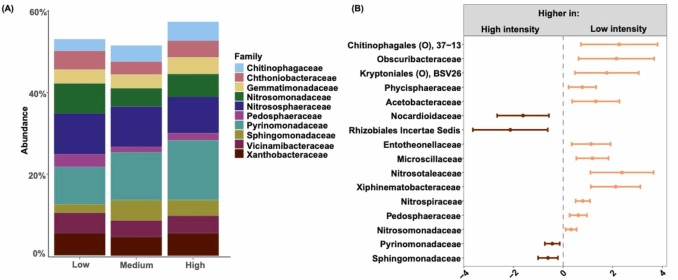Chris Fellows reviews important research into this ignored gas which pollutes our atmosphere.
Reducing tillage could result in less production of a potent greenhouse gas, according to a study out of Penn State University.
Nitrous oxide, also known as “laughing gas,” is the most important greenhouse gas after methane and carbon dioxide and the biggest human-related threat to the ozone layer. But is talked about less.
Nitrous oxide emissions from human activities have ballooned 30 percent over the past four decades. Although carbon dioxide has been responsible for about 10 times as much warming as nitrous oxide. But nitrous oxide is more potent: 1kg of the gas warms the atmosphere some 300 times more than 1kg of carbon does over a 100-year period. With Nitrous Oxide staying in the atmosphere for around a century after release. In arable farming N2O is emitted naturally as part of the nitrification process it is a by product of the application of nitrogen fertilisers.
The paper that researched this is called “Tillage intensity and plant rhizosphere selection shape bacterial-archaeal assemblage diversity and nitrogen cycling genes” and was published in the journal “Soil and Tillage Research.” You can read the whole paper here: https://www.sciencedirect.com/science/article/pii/S0167198722002112
Abstract
We evaluated bulk and rhizosphere soils from two crop years (corn and soybean) of a three-year rotation of corn-soybean-small grain + cover crop. Soil samples were collected at three growth stages from corn and soybean plants and across three tillage practices that had been applied every year for 40 years. Tillage practices represented three levels of disturbance intensity ranging from no-till, to intermediate to high (plough) intensities. Bacterial assemblage diversity differed in soils having contrasting tillage histories and from bulk or rhizosphere soil (compartments), crop year, and growth stage. Compared to ploughed and disc soils, no-till soils had lower abundances of denitrification genes, higher abundances of genes for dissimilatory nitrate reduction to ammonium (DNRA), and higher abundances of family-level taxa associated with archaeal nitrification and anammox. Soybean rhizospheres exerted stronger selection on bacterial-archaeal composition and diversity relative to corn rhizospheres. Abundances of N genes were grouped by factors related to weather, as well as management and soil compartment, which could impact activity related to denitrification and DNRA. Low intensity tillage may provide an option to reduce potential ‘hot spots’ or ‘hot moments’ for N losses in agricultural soils, although weather and crop type are also important factors that can influence how tillage affects microbial assemblages and microbial N use.
Notes from the Paper
Researchers ultimately found DNA evidence that members of families of bacteria capable of turning N into ammonium were more common in bulk no-tilled soil than in soils for minimum or high tillage. What is more, no-till soils contained fewer genes for bacteria known to create N2O from nitrogen.
Conclusion
Results of this study suggest that minimizing disturbances to agricultural soils may provide an opportunity for reducing N2O emissions.


